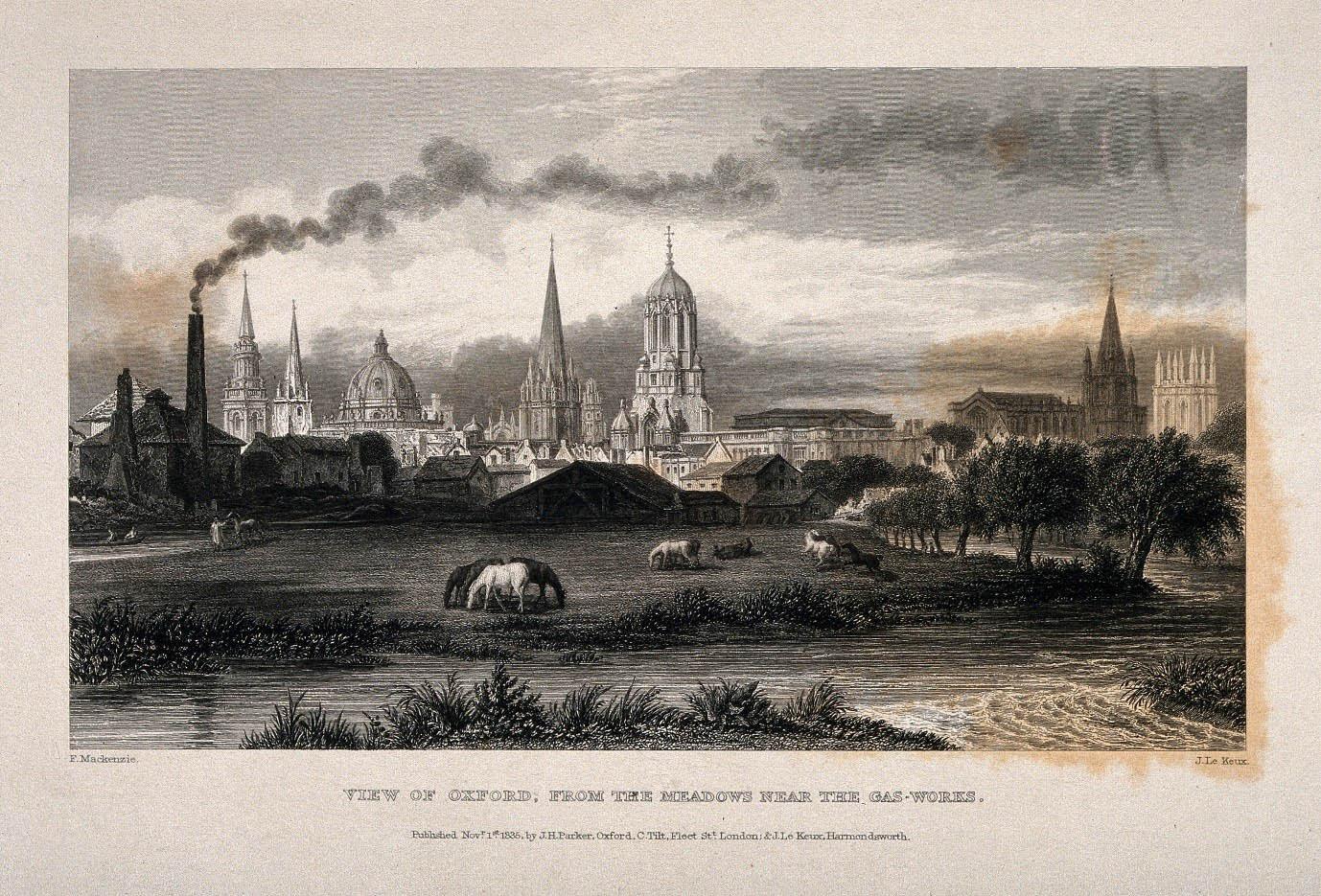Heritage Heads
The 13 carved heads that ring the perimeter of the Sheldonian Theatre are an iconic feature of Oxford – and yet, a great deal of mystery surrounds them.
Despite their historical and cultural value, the first two sets of heads were never fully recorded and their whereabouts remained largely unknown. Bundled onto the back of a truck never to be seen again? Where did they all go? What might these lost heads reveal about Oxford’s past and the future conservation of its historic buildings?
To us, the Heads are a unique 350-year record of urban architectural decay, conservation, environmental change, and changing attitudes and perceptions. For the first time, the Heads are being holistically investigated from the perspective of heritage science. Our project is unravelling the history and mysteries of these Heads, having implications for the sustainable management of built heritage, collective memory, and identity.
Finding The Heads – Oxford's mystery statues
History of the Broad Street Heads
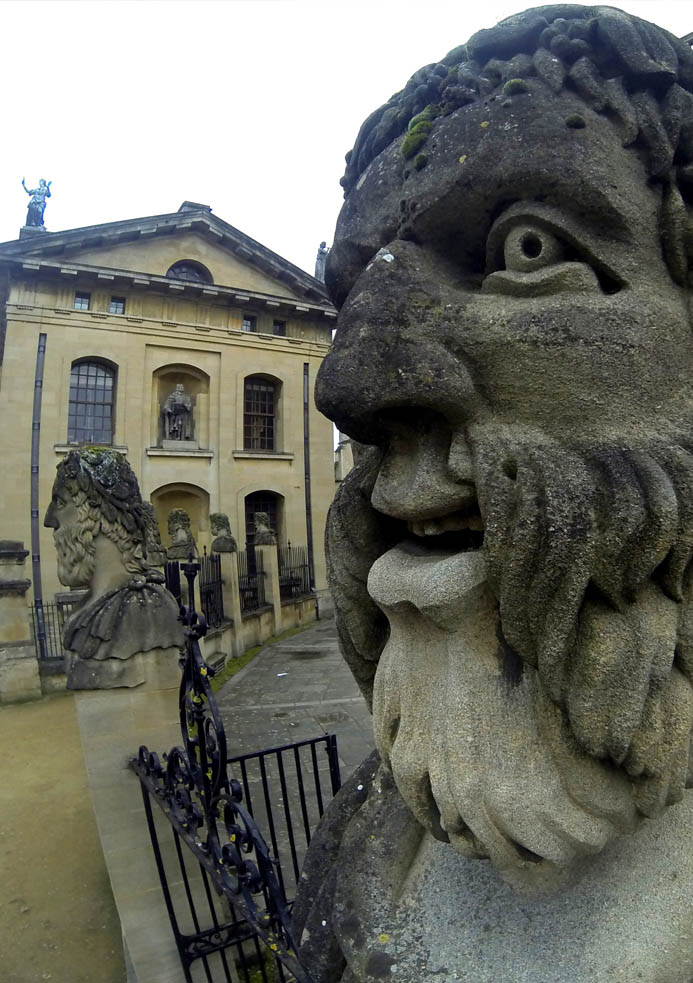 Broad Street in Oxford has its origins in the late 10th Century and now forms the historic heart of the city. At its eastern end, the Sheldonian Theatre (1669), the Old Ashmolean Building (1683, now the History of Science Museum), the Clarendon Building (1715, originally home to Oxford University Press), and the Weston Library (redeveloped in 2015) all sit in close proximity.
Broad Street in Oxford has its origins in the late 10th Century and now forms the historic heart of the city. At its eastern end, the Sheldonian Theatre (1669), the Old Ashmolean Building (1683, now the History of Science Museum), the Clarendon Building (1715, originally home to Oxford University Press), and the Weston Library (redeveloped in 2015) all sit in close proximity.
Once it was completed, 14 bearded stone busts were placed around the perimeter of the Sheldonian Theatre. Whilst their original purpose and identity are largely unknown, these heads have become widely referred to as the ‘Sheldonian Emperors’. Four more were later added in 1683 outside what is now the History of Science Museum, and one was removed in c.1713 to make way for the Clarendon Building. Over the last 350 years these characterful heads have featured in poetry, literature, and art, and remain one of the most photographed and well-recognised cultural landmarks in the city. Yet all is not what it seems!
The current heads are in fact the third generation to have sat here. The originals, carved in local Taynton limestone, lasted nearly 200 years before Victorian replacements were erected in 1869. Some questionable decisions saw the second set made from the softer Milton limestone. They suffered miserably as a result. Like many of Oxford’s buildings at the time, the heads became blackened by soot and disfigured by acid rain, worsened by the coal fires that burned in their thousands in students’ college rooms. Oxford’s air was thick with smoke and its buildings were suffering - dirty and decaying.
The 2nd generation became so badly weathered that only 57 years after their installation John Betjeman described them as “mouldering busts”, “unknown bearded guards” and compared them to “illustrations of skin diseases in a medical textbook”.
This coincided with the Historic Buildings Fund (1957–1974), a widespread effort to clean-up, repair, and replace the city’s historic stone fabric. After fruitless conservation attempts of three heads of the second set a local sculptor, Michael Black, was tasked with making the new set, which still stand today.
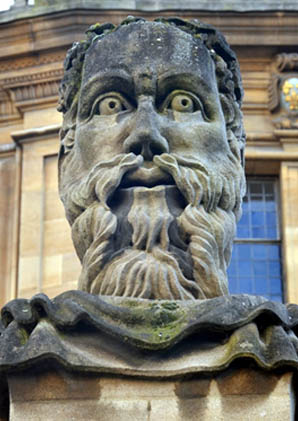
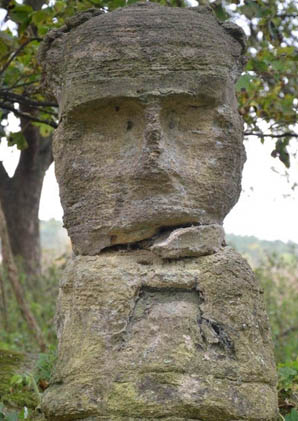
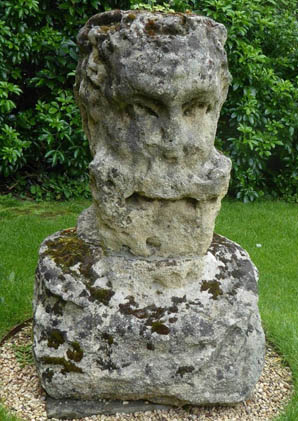
Photos, left to right: 3rd generation Head at the Sheldonian Theatre (©Wilhelm 2012); 2nd generation Head at Nuneham Courtenay, now in Wytham, which is on display at the Weston Library until July 2019 (©Wilhelm 2017); and 1st generation Head in Worcester College, which is on display at the Weston Library until July 2019 (©Fusade 2017).
The ‘Head Hunt’ and Heritage Science
Our team of ‘head hunters’ from the School of Geography and the Environment has been piecing together the story of the Broad Street heads. By digging in the archives and appealing for help from the local community, many of the missing heads (or what remains of them) have been rediscovered and a wealth of fascinating new information has been found.
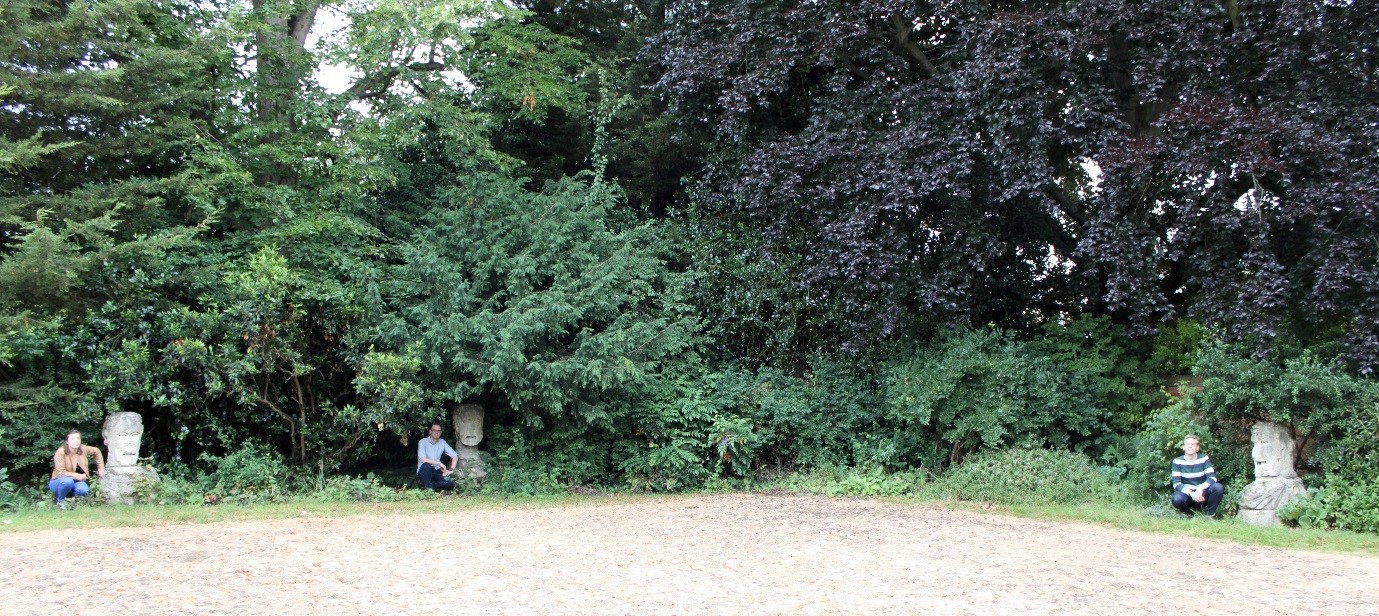
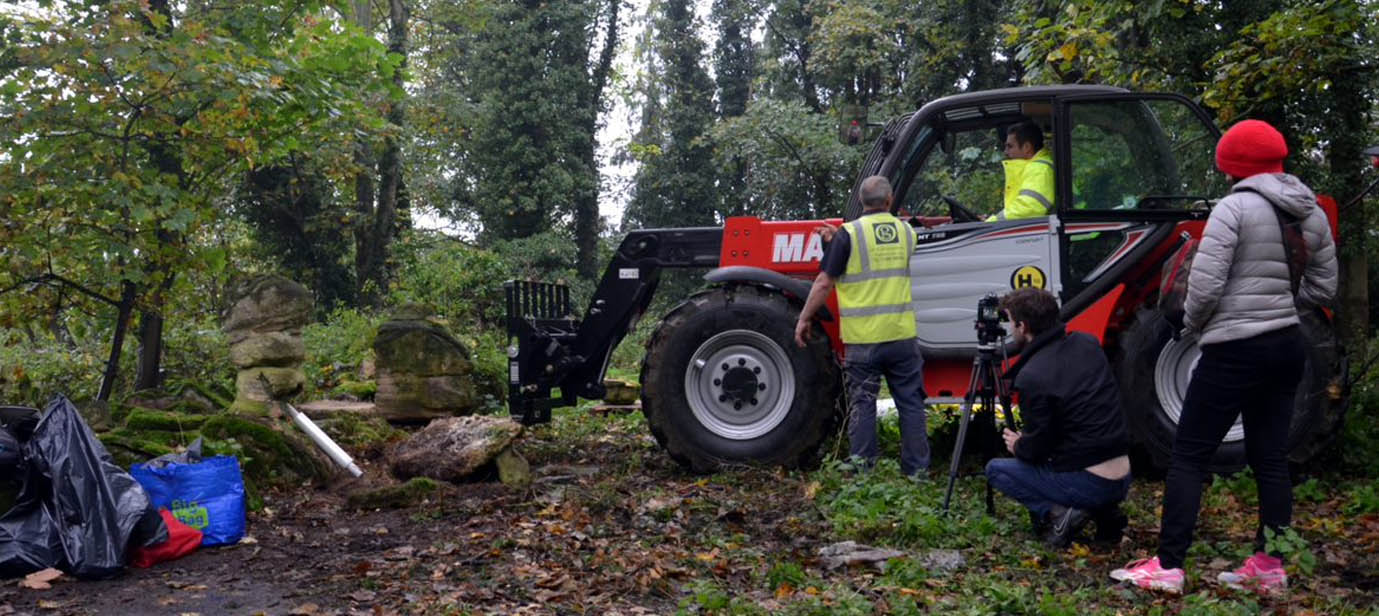
The rediscovered heads are proving to be an invaluable archive of Oxford’s stone decay and heritage conservation practice. Currently, we are using state-of-the-art science to learn more from the heads themselves. We employ methods such as 3D scanning, microCT scanning and neutron imaging to understand weathering processes.
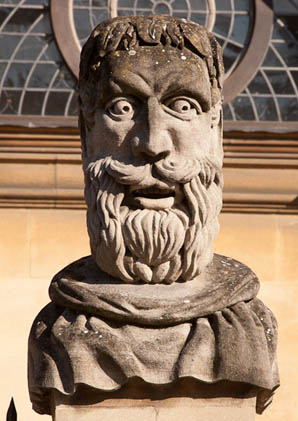
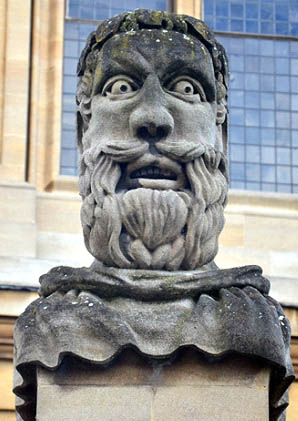
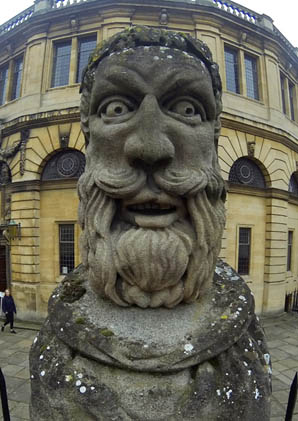
The same 3rd generation Sheldonian Head showing short-term stone weathering and lichen growth. Photos above, left to right: 29/05/2010 (©Lake); 09/12/2012 (©Wilhelm); and 01/03/2019 (©Grove).

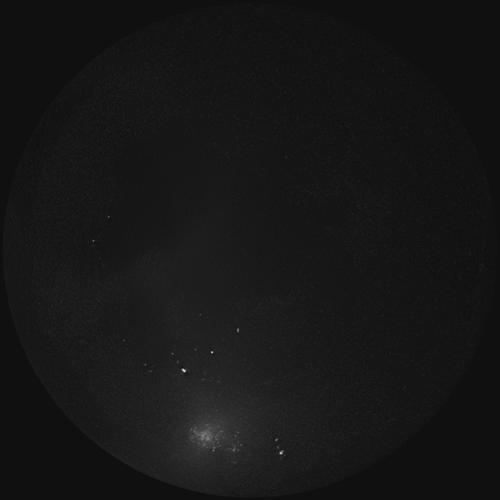
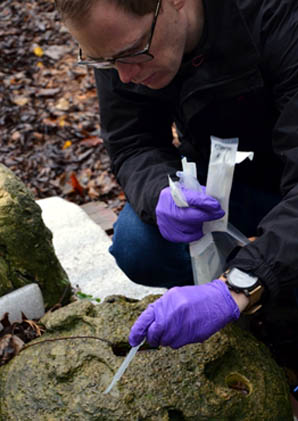
Harcourt Arboretum 'Head Hunt'
A 2nd generation Head, originally from in front of History of Science Museum, now lives at the University of Oxford's Harcourt Arboretum. Why not go on your own 'head hunt' to see if you can find the lone stone figure (pictured below), hidden amongst the trees at this 130-acre site just outside Oxford.
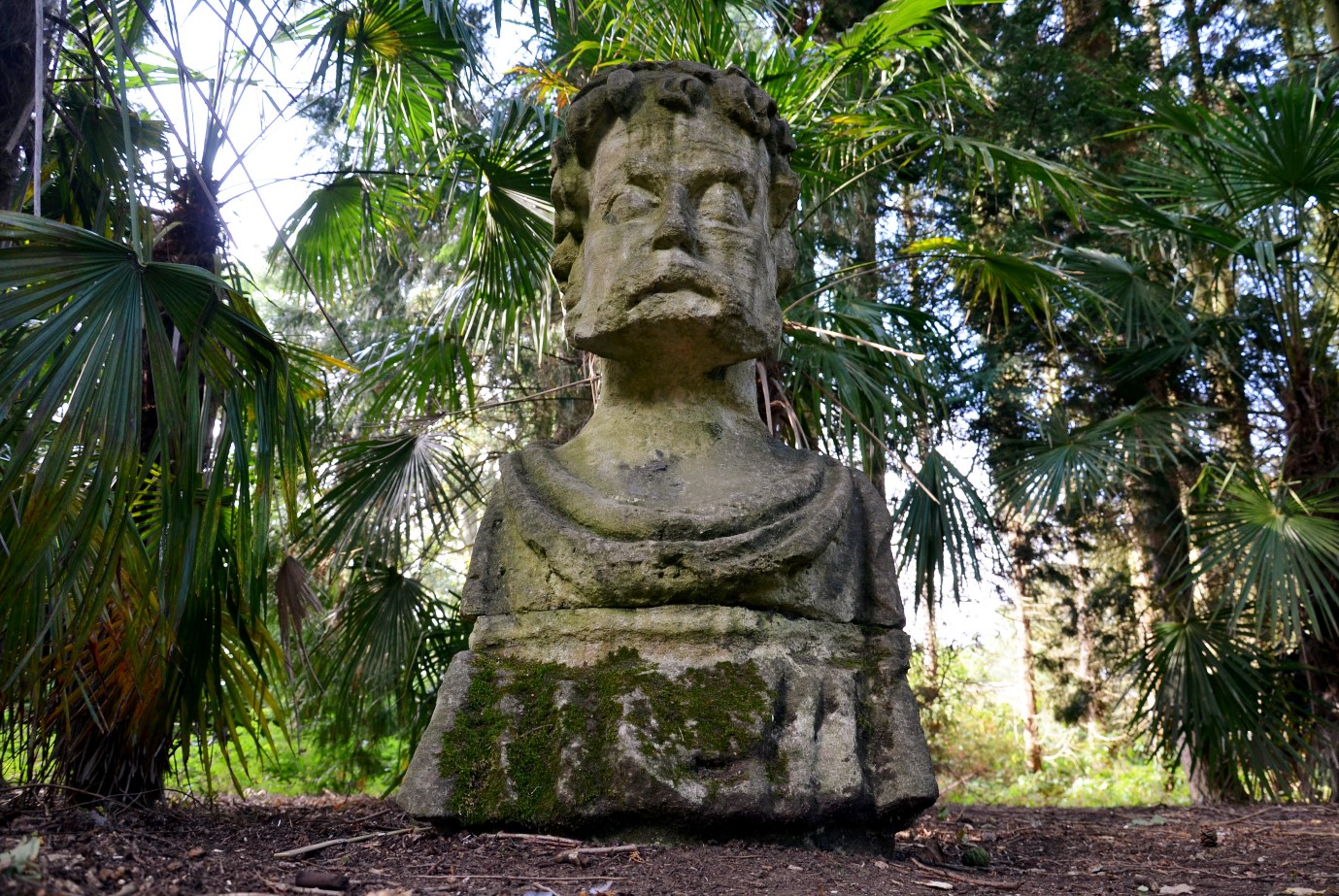
Public display at the Weston Library
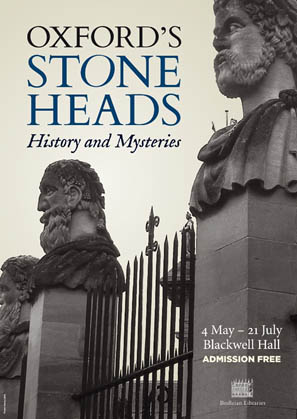 ‘The History and Mysteries of Oxford’s Broad Street Heads’ display ran at the Weston Library on Broad Street from 4 May to 21 July 2019 and was the culmination of over 5 years of research by the School of Geography and the Environment team. The display reconstructed the history of the heads right up to the present day. It showcased a range of fascinating items from the University archives as well as the science being done to reveal more about their decay and future conservation. Most excitingly, first, second, and third generation heads came face-to-face for the very first time!
‘The History and Mysteries of Oxford’s Broad Street Heads’ display ran at the Weston Library on Broad Street from 4 May to 21 July 2019 and was the culmination of over 5 years of research by the School of Geography and the Environment team. The display reconstructed the history of the heads right up to the present day. It showcased a range of fascinating items from the University archives as well as the science being done to reveal more about their decay and future conservation. Most excitingly, first, second, and third generation heads came face-to-face for the very first time!
As part of the display, art & science events were organised including 'Art Rocks' on 17 May, 'Set in Stone?' on 18 May, and 'Heads up!' on 22 June, in collaboration with the Science and Engineering in Art, Heritage and Archaeology (SEAHA) CDT Mobile Heritage Lab and the History of Science Museum.
On 12 June we also participated in the 'Library Lates: Thinking 3D' public event at the Weston Library.
Head off to Blackwell Hall, Bodleian Libraries, to see how the Sheldonian Emperor Heads fared
Tomorrow’s Oxford Heads – Diversifying Public Sculpture
The Tomorrow’s Oxford Heads – Diversifying Public Sculpture project is closely linked to our ‘Head hunting’ project and aims to show the interconnectedness of heritage science and public representations in contemporary urban spaces. This project has been funded by the University of Oxford's Diversity Fund and the Van Houten Fund and has been undertaken in collaboration with the History of Science Museum (HSM). With the aim of being more diverse and representative of LGBT+, BAME, and women as marginalised groups, we asked artists to submit their visions for potential 'future heads'. As a result, the winning designs featured as temporary art installations in front of HSM during summer 2019.
As part of this, on 22 June 2019 we ran a 'Heads up' shaping art activity for the 'Nights at the Museum' event, at which the general public were encouraged to realise their own visions for Broad Street's 'future heads' - in clay!
Online resources of the Heads Project
- Video: Finding The Heads – Oxford's mystery statues made by the University of Oxford
- Video: Head hunting – the Sheldonian Emperors // Dr Martin Coombes (on behalf of Dr Katrin Wilhelm)
Media Coverage
- The hunt to find Oxford's retired Emperor Heads, BBC Oxford, 4 March 2018
- Head hunters sought for emperor search in Oxford, The Guardian, 9 February 2018
- Is an Emperor's head hiding in your garden? Oxford University launches hunt for seven missing statues, The Telegraph, 4 March 2018
- The mystery of the decaying "Emperors", Science & Technology Facilities Council, 25 February 2019
Project Details
- Duration: 2012 - 2020
- Researchers: Dr Katrin Wilhelm
Professor Heather Viles
Dr Martin Coombes
Dr Scott Allan Orr
Dr Lucie Fusade
Researcher Sue Bird - Funded by:
2019 Van Houten Fund. Tomorrow’s Oxford Heads - Diversifying public sculpture.
2019 KE Seed Fund. 'Urban Culture Dose': Biophilic Urban Built Heritage and Sculpture’s Beneficial Effects on People's Well-being.
2019 Heritage Seed Fund Book publication: The Histories, Mysteries and Future of Oxford's Sheldonian Heads.
2018 Oxford University Diversity Fund award for Tomorrow’s Oxford Heads project in collaboration with the History of Science Museum Oxford.
2017 - SoGE Inspiration Award in collaboration with Dr Martin Coombes for The History and Mysteries of Oxford’s Stone Heads project.


